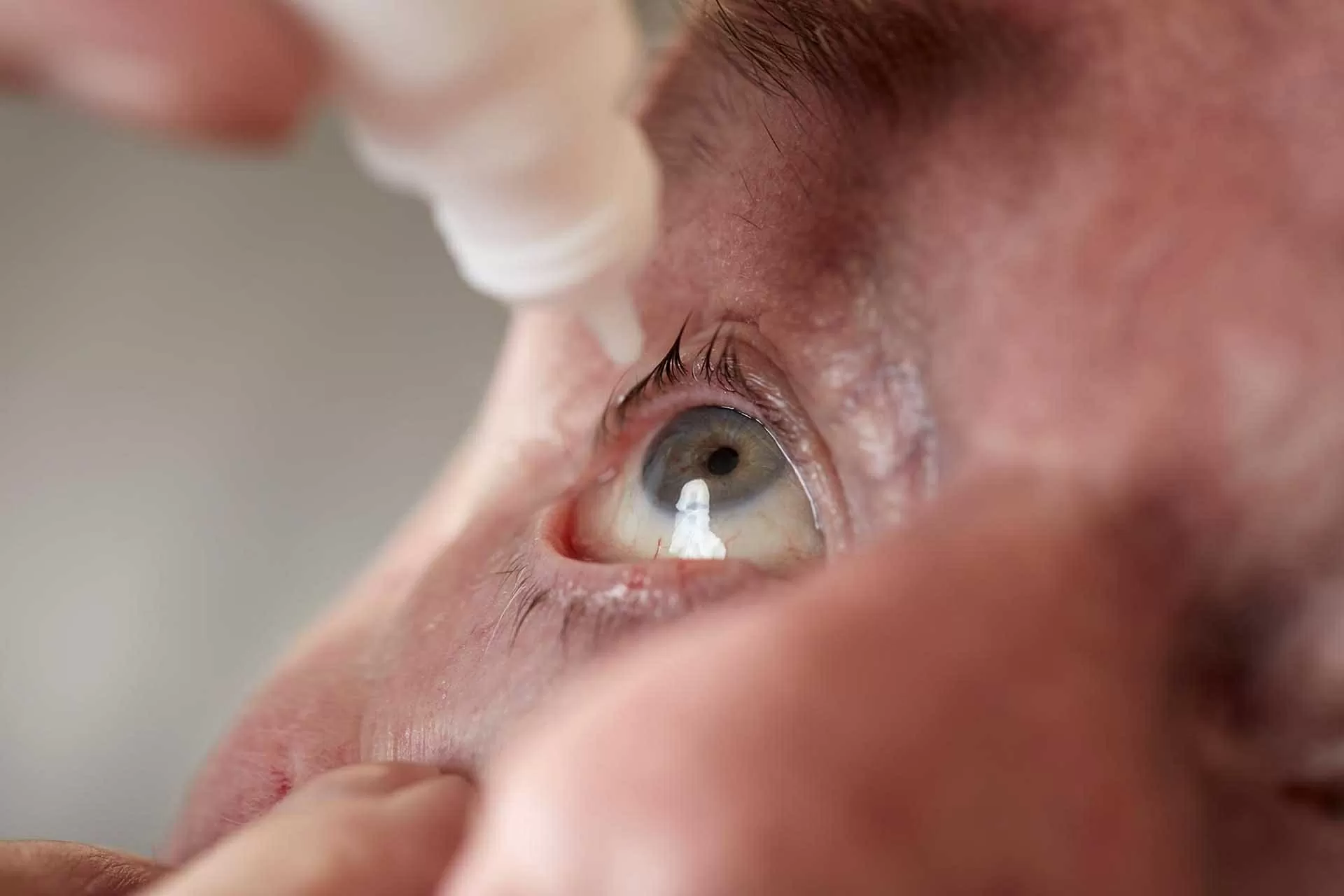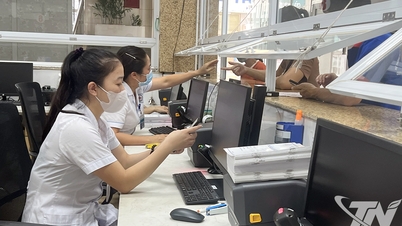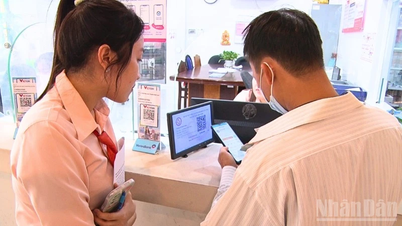 |
| Users only need to drop a few drops a day to improve eyesight. (Source: Shutterstock) |
A trial of 766 patients found that most could read two to three lines more on a Jaeger chart (a near vision test) after just one hour of using the drug, with the effect lasting for up to two years. Side effects were mostly mild, with the most common being temporary blurred vision (32%), irritation when the drops were applied (3.7%), and headache (3.8%).
The eye drops were developed by the Center for Advanced Presbyopia Research in Buenos Aires (Argentina). The formula of the drug combines pilocarpine – a miotic agent that activates the ciliary muscle to help the eye focus at various distances and diclofenac, a non-steroidal anti-inflammatory drug that reduces inflammation and limits the discomfort often experienced when using pilocarpine.
In the study, patients (373 women and 393 men, average age 55) were divided into three groups, each receiving different concentrations of pilocarpine (1%, 2%, and 3%), all receiving a fixed dose of diclofenac. The results showed that, one hour after instillation, patients achieved an average improvement of 3.45 Jaeger lines. In the 1% concentration group, 99% of patients achieved near-optimal visual acuity; in the 2% group, 69% of patients read at least three additional lines; in the 3% group, 84%.
The effect lasted an average of 434 days, with many cases lasting up to two years. Notably, no serious events such as glaucoma or retinal detachment were recorded during the use of the drug.
Dr Giovanna Benozzi, Head of the research team, emphasized that this is an advanced, safe, non-invasive pharmacological solution that helps reduce dependence on reading glasses, especially suitable for patients who are not suitable for surgery. She also noted that the dosage of pilocarpine needs to be specific according to the degree of presbyopia. Low concentrations are suitable for mild patients and higher concentrations for severe cases.
However, independent experts, including Professor Burkhard Dick, President of ESCRS, said that further multi-center, long-term studies are needed to confirm safety and efficacy. He noted that long-term use of pilocarpine can cause blurred vision in low light or rare retinal detachment, while the use of non-steroidal anti-inflammatory drugs (NSAIDs) in eye drops carries a risk of corneal damage.
Although further research is needed, the special eye drops offer the prospect of a convenient solution for millions of people struggling with presbyopia, alongside measures such as reading glasses and surgery.
Source: https://baoquocte.vn/thuoc-nho-mat-cai-thien-lao-thi-sau-mot-gio-328880.html



![[Photo] General Secretary To Lam attends the 8th Congress of the Central Public Security Party Committee](https://vphoto.vietnam.vn/thumb/1200x675/vietnam/resource/IMAGE/2025/10/4/79fadf490f674dc483794f2d955f6045)
![[Photo] Bustling Mid-Autumn Festival at the Museum of Ethnology](https://vphoto.vietnam.vn/thumb/1200x675/vietnam/resource/IMAGE/2025/10/4/da8d5927734d4ca58e3eced14bc435a3)
![[Photo] Solemn opening of the 8th Congress of the Central Public Security Party Committee, term 2025-2030](https://vphoto.vietnam.vn/thumb/1200x675/vietnam/resource/IMAGE/2025/10/4/f3b00fb779f44979809441a4dac5c7df)

























































![[VIDEO] Summary of Petrovietnam's 50th Anniversary Ceremony](https://vphoto.vietnam.vn/thumb/402x226/vietnam/resource/IMAGE/2025/10/4/abe133bdb8114793a16d4fe3e5bd0f12)

![[VIDEO] GENERAL SECRETARY TO LAM AWARDS PETROVIETNAM 8 GOLDEN WORDS: "PIONEER - EXCELLENT - SUSTAINABLE - GLOBAL"](https://vphoto.vietnam.vn/thumb/402x226/vietnam/resource/IMAGE/2025/7/23/c2fdb48863e846cfa9fb8e6ea9cf44e7)
































Comment (0)